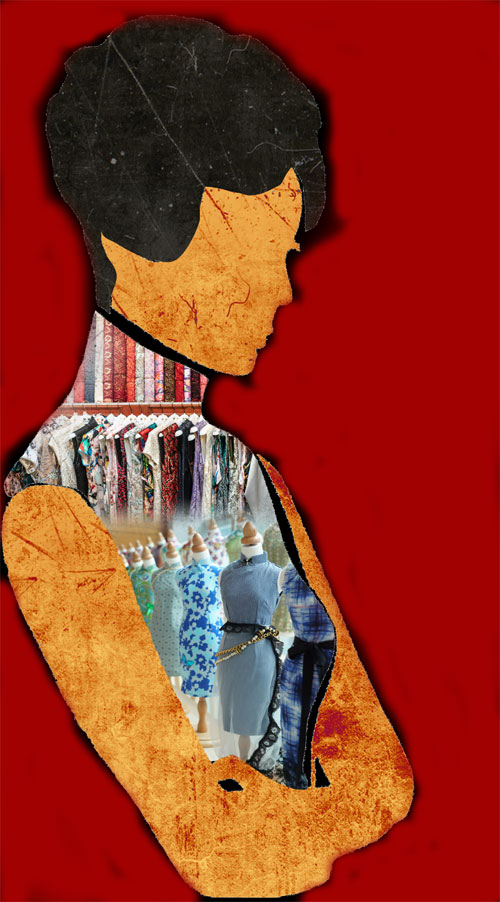Sharp silhouettes


East meets West
If films help set sartorial trends, Wong Kar-wai's In the Mood for Love (2000) did a great job of promoting the cheongsam. "The 20 or so elegant and alluring cheongsams in styles typical of the 1960s showcased by Maggie Cheung in the movie not only invoked Hong Kong people's collective memory of the dress, but also opened the eyes of the younger generations in Hong Kong and the mainland as well as global audiences to its charisma," says Lam.
Crazy Rich Asians, released in 2018, took the idea a step further by showing that a cheongsam can work equally well in the most stylishly-fashionable upper-class set-ups today.
Master Kan, however, prefers to stick to tradition. "He acknowledges that this may hinder his business, but prefers to follow tradition and stick to the iconic design of the dress that his family has been making for more than a century in his Sheung Wan shop," says Varty.
"With the passing away of old tailors proficient in making cheongsam, the classic tailoring technique is in a critically endangered state," says Lee. Master Kan agrees that few youngsters today would be interested in taking up cheongsam-making as a full-time career. However, the participation of young designers at the recent HKAC event shows that the appeal of the cheongsam endures, as far as it lends itself to adaptations to suit the demands of the time.
The cheongsam will forever be associated with the image of high-achieving women and remains a tribute to the national and cultural identity of Chinese women, says Lau Chi-pang, coordinator, Hong Kong and South China Historical Research Program at Lingnan University.
"Women today are paying more attention to local cultures, sociocultural development as well as domestic cultural heritages," notes Ng, "The iconic modern cheongsam, which is a hybridized dress form, developed from both Western cutting methods and Eastern tailoring techniques in Hong Kong, functions as the identity reflection and appreciation of Hong Kong women."























